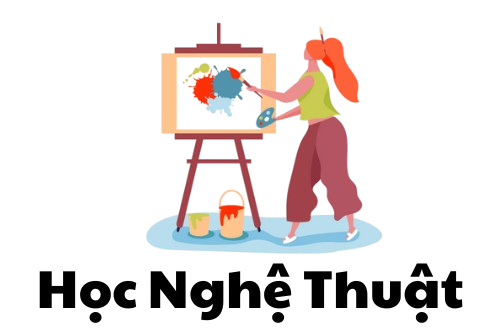American motorcycle culture symbolizes a complex tapestry of rebellion and community, rooted in mid-20th century transformations. From the battlefields of WWII to the open highways of modern America, two-wheeled machines emerged as symbols of liberation, carrying simultaneously rebellious ethos alongside corporate commodification[5][10][17].
## Roots of Rebellion https://usabikers.net/
### Post-War Origins
The modern biker identity crystallized following the psychological aftermath of global warfare. Military personnel familiar with the brotherhood of combat pursued replacement social structures, resulting in early rider groups like the Market Street Commandos and Hells Angels precursors[5][13][17]. Post-war mechanical steeds, having proven their worth, shifted from tactical vehicles to identity markers, cultivating enduring corporate allegiance[5][11].
The notorious “American Motorcycle Association riot” thrust motorcycle clubs into national consciousness, when a massive gathering overwhelmed the small California town, resulting in what newspapers sensationalized as anarchy. This event etched the outlaw biker stereotype within media narratives, notwithstanding most participants being organized racing enthusiasts[10][13][17].
## Prominent Riding Associations
### Outlaw Clubs vs. Sanctioned Associations
The nation’s largest riding organization initially served as the regulatory authority over organized motorcycle sports. Yet, the association’s discriminatory membership rules—prohibiting non-white participants for decades—fueled the emergence of parallel organizations which opposed mainstream motorcycling norms[11][13].
The “Big Four” motorcycle gangs evolved into central figures in this counterculture:
1. The iconic winged-skull organization[2][3][10]
2. Outlaws MC[3][10][13]
3. 1959 Maryland origins[8][10]
4. Bandidos MC[3][10]
Such organizations function via strict hierarchical structures featuring presidents, sergeants-at-arms, and road captains, while clubhouses often serving as fortified community centers[10][13]. Despite public perceptions of criminality, numerous local groups participate actively in philanthropic efforts like fundraising for social causes[8][10][15].
## Cultural Impact and Evolution
### From Silver Screen to Fashion Runways
The motorcycle rider image permeates American popular culture, ranging from Marlon Brando’s iconic 1953 performance to contemporary streaming series. Such widespread influence appears through:
– Apparel styles: Leather jackets, bandanas, and riding boots commercialized by brands like Biker Life USA and Bikers Lifestyle[4][12]
– Soundtrack associations: Cross-genre musical connections adopting motorcycle-inspired visuals
– Literary works: Journalistic exposes and fictionalized accounts[1][6]
Recent sociological analyses emphasize the paradoxical duality of modern biker culture: both eschewing societal norms yet remaining deeply corporatized via corporate sponsorships of major rallies[1][7][12].
## Contemporary Landscape and Challenges
### Riding Through 2025
The motorcycle event calendar continues as a cornerstone of American biker culture, with 2025’s major rallies including:
– The 84th annual coastal gathering[7][15]
– Sturgis Motorcycle Rally (South Dakota)[7][15]
– Arizona Bike Week (Scottsdale)[7]
Emerging trends reconfigure rider demographics:
– Increasing female participation via organizations such as [2][8]
– Technological integration through GPS-guided rides and social media communities[7][15]
– Environmental consciousness promoting sustainable riding practices[15][17]
Regulatory controversies continue, especially concerning:
– Outlaw club violence and law enforcement strategies[10][13][17]
– Responsible sponsorship models amid gambling industry ties[8][17]
– Commercial exploitation issues about co-optation of rider aesthetics[4][12]
## Synthesis and Projections
American biker culture stands at a historical crossroads, balancing its rebellious origins against modern corporate influences. As contemporary riders embrace electric motorcycles and digital communities, the fundamental spirit regarding liberty and camaraderie endures—manifesting in diverse demographics and evolving social norms. The road ahead may involve increased regulatory scrutiny and ongoing societal impact, ensuring the perpetual role of two-wheeled culture within US national identity[5][10][17].
